1. Multi-Use Outdoor Spaces
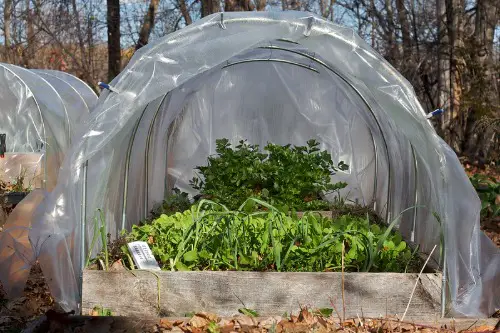
With unpredictable weather and a growing desire for self-sufficiency, outdoor spaces are being designed to do more. A patio might double as a greenhouse. A shed might store emergency supplies. A pergola might support solar panels.
It’s about flexibility, resilience, and making every square foot count. The modern yard isn’t just for relaxing—it’s for adapting. And that’s the new definition of luxury.
2. Wildlife Corridors and Habitat Zones
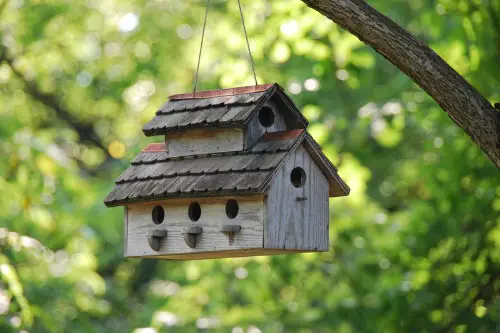
Homeowners are carving out parts of their yards to support local wildlife—think brush piles, birdhouses, and native hedgerows. These micro-habitats help animals navigate increasingly fragmented ecosystems.
It’s not just about aesthetics—it’s about stewardship. Even a small patch of native plants can become a lifeline for birds, bees, and butterflies. The yard is no longer just yours—it’s part of a larger web.
3. Drought-Tolerant Landscaping
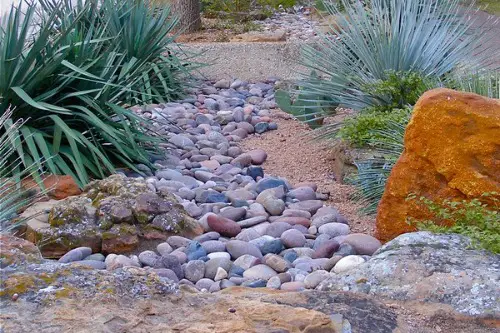
As water scarcity becomes a growing concern, homeowners are ditching thirsty lawns in favor of xeriscaping and native plant gardens. These landscapes require minimal irrigation, thrive in local conditions, and support biodiversity. It’s not just eco-conscious—it’s future-proof.
Think gravel paths, ornamental grasses, succulents, and wildflowers. The look is natural, low-maintenance, and quietly rebellious against traditional turf. Saving water has never looked so good.
4. Food Gardens Over Flower Beds
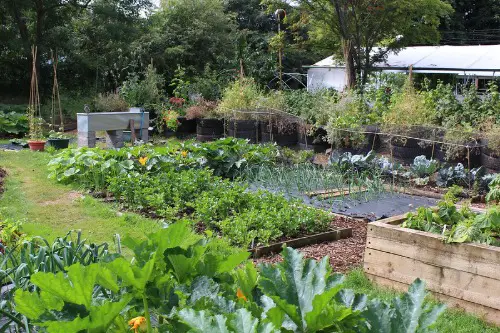
With rising food prices and supply chain worries, more people are turning their yards into edible landscapes. Raised beds, vertical gardens, and even front-yard veggie patches are replacing purely ornamental plantings. Growing your own food feels empowering—and practical.
It’s not just about tomatoes and herbs anymore. People are planting fruit trees, medicinal herbs, and pollinator-friendly crops. The modern garden is beautiful, productive, and deeply intentional.
5. Fire-Resistant Landscaping
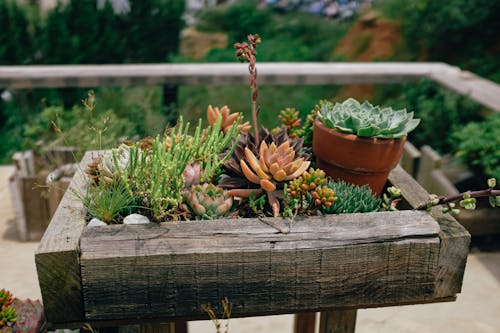
In wildfire-prone regions, homeowners are rethinking their plant choices and hardscaping materials. Fire-resistant landscaping—also known as “firescaping”—uses gravel, stone, and low-resin plants to create defensible space around homes.
It’s a blend of beauty and safety, with a focus on spacing, pruning, and smart plant selection. Lavender, succulents, and native perennials are in. Dense shrubs and wood mulch near the house? Out.
6. Permeable Hardscaping
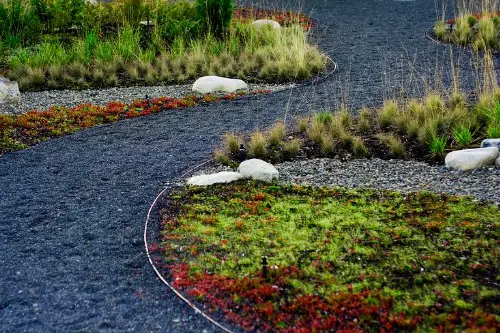
With flooding and stormwater runoff on the rise, impermeable surfaces like concrete are falling out of favor. Instead, homeowners are installing permeable pavers, gravel paths, and porous concrete that allow water to soak into the ground.
These materials reduce runoff, recharge groundwater, and help prevent erosion. They also look great and feel more organic. It’s a subtle shift with a big environmental impact.
7. Pollinator Gardens
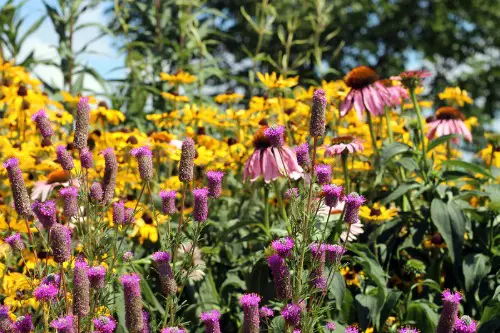
Climate change is threatening insect populations, and homeowners are stepping up with pollinator-friendly gardens. These spaces are filled with native flowers, milkweed, and herbs that support bees, butterflies, and other beneficial insects.
It’s a small act of ecological resistance—and a beautiful one. These gardens are wild, colorful, and buzzing with life. They’re also a quiet protest against sterile, pesticide-laden lawns.
8. Low-Voltage and Solar Lighting
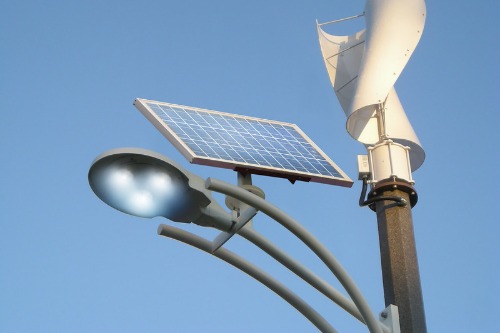
Energy efficiency is top of mind, and outdoor lighting is getting a sustainable glow-up. Solar-powered path lights, motion-sensor LEDs, and low-voltage systems are replacing traditional floodlights and halogens.
These options reduce energy use, lower bills, and minimize light pollution. They also create a softer, more ambient atmosphere. It’s lighting with a conscience—and a lower carbon footprint.
9. Shade Structures and Cooling Zones
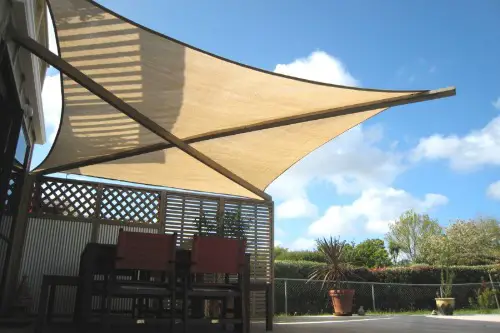
As heatwaves become more intense, outdoor spaces are being redesigned for thermal comfort. Pergolas, shade sails, and tree canopies are in high demand—not just for aesthetics, but for survival. Cooling zones with fans, misters, or reflective surfaces are becoming the norm.
It’s about creating microclimates that make outdoor living possible even in extreme heat. Comfort is no longer a luxury—it’s a climate adaptation strategy.
10. Outdoor Water Conservation Tech

Smart irrigation systems, soil moisture sensors, and weather-based timers are becoming standard in climate-conscious gardens. These tools help reduce water waste and ensure plants get exactly what they need—no more, no less.
It’s tech with a purpose, and it’s making sustainable gardening easier than ever. Efficiency is the new elegance. And your plants (and water bill) will thank you.
11. Climate-Resilient Planting
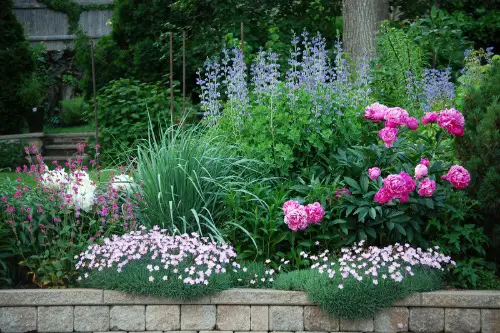
Gardeners are choosing plants not just for beauty, but for resilience. That means species that can handle drought, heat, wind, and even poor soil. Climate-adaptive planting is about long-term survival, not short-term bloom.
Think Mediterranean herbs, native grasses, and deep-rooted perennials. These plants are tough, low-maintenance, and future-ready. It’s gardening with foresight—and a little grit.
12. Rainwater Harvesting Systems
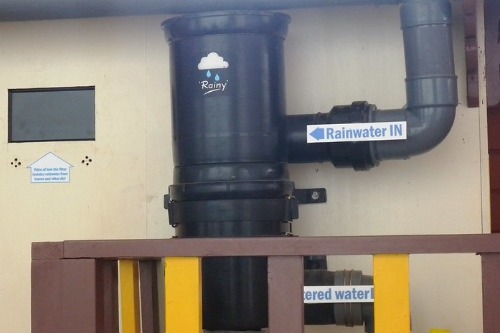
Climate anxiety has made water conservation a top priority, and rain barrels are no longer just for the ultra-green crowd. Homeowners are installing sleek, integrated rainwater harvesting systems to collect runoff for gardens, lawns, and even graywater use.
These systems reduce reliance on municipal water and help manage stormwater. Bonus: they often qualify for local rebates. It’s a smart, sustainable upgrade that’s becoming a backyard staple.
This post 12 Outdoor Trends Driven by Climate Anxiety was first published on Greenhouse Black.
